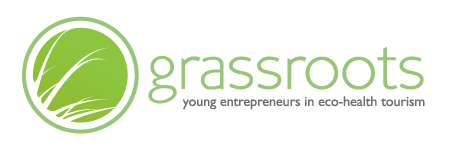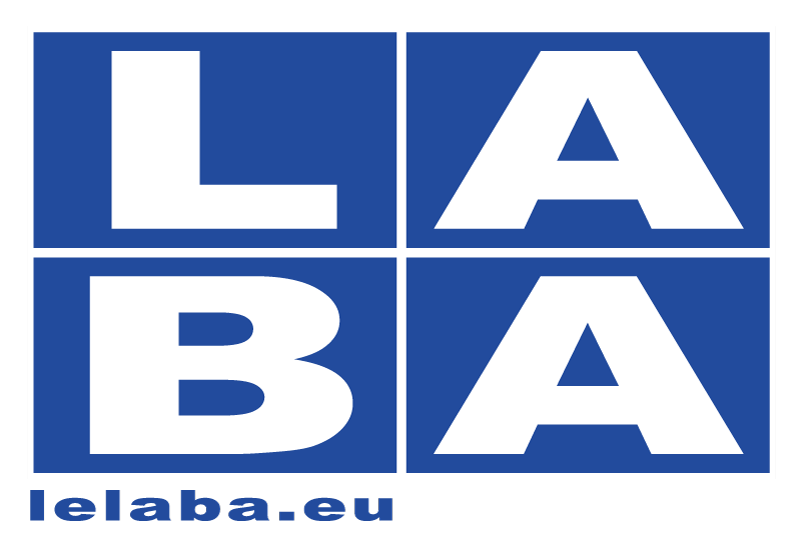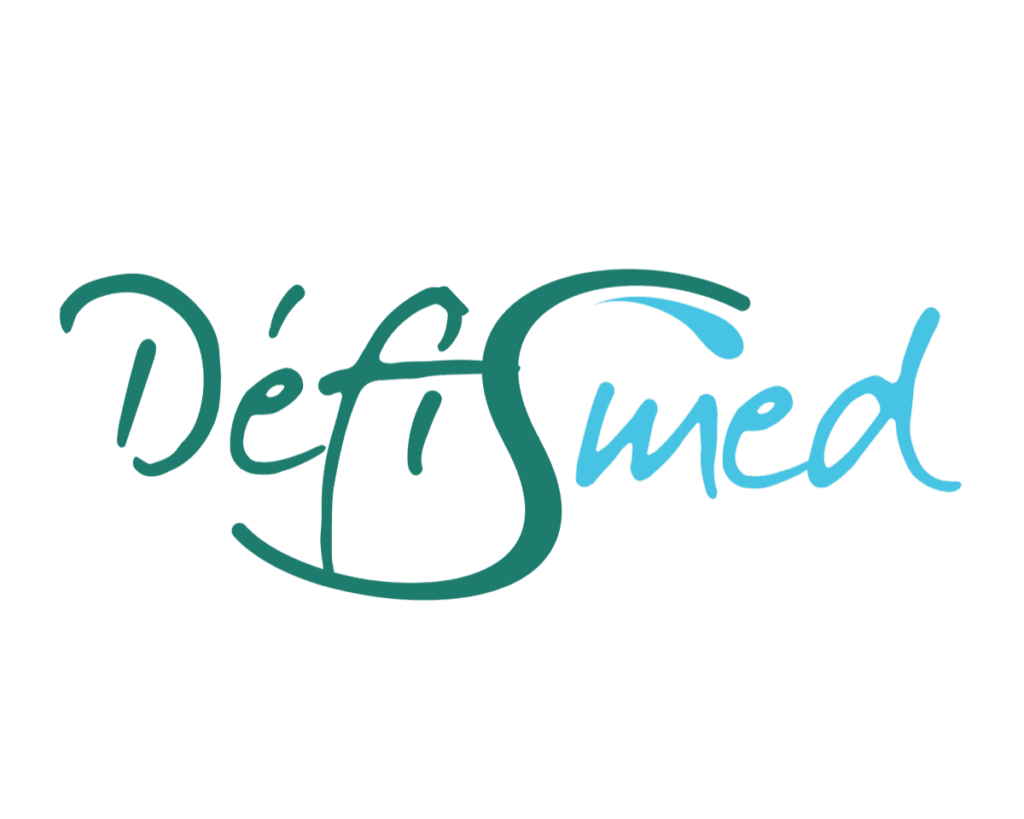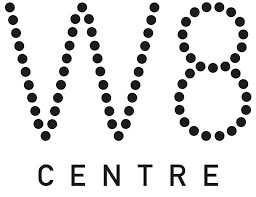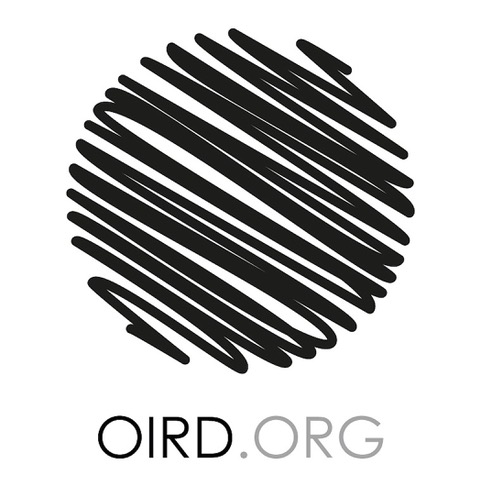Case Studies focusing on Scandinavia, Slovenia
Case Study Scandinavia, Wellbeing Re-Branding Campaign
Scandinavia Tells its Wellbeing Branding Story Through its Lifestyle Concepts
Some Scandinavian countries are consistently ranked as the happiest in the world and among the best places to live. The release of the 2019 World Happiness Report again confirms that the four Nordic countries are in the top five happiest nations. Scandinavia tells its story through its lifestyle concepts integrating them into its wellbeing destination branding.
https://s3.amazonaws.com/happiness-report/2019/WHR19.pdf

Approach Scandinavia incorporates Nordic lifestyle concepts such as hygge (‘cosy’ for the Danish and Norwegians) and lagom (‘balanced’ or ‘just right’ for the Swedish), into its wellbeing facility design, guest experiences, wellness offerings, and marketing/promotion.
https://medium.com/better-marketing/a-simple-guide-to-living-well-6c6be124d10d
Developing a Destination Eco Health and Wellbeing Marketing Strategy
Once a region’s branding is in place it will next need a Destination Marketing Strategy to officially launch it strategically. A destination marketing strategy is a plan to accomplish a key objective, usually attracting more visitors to a city, region, or country. The Destination Marketing Strategy is how a region defines its target market(s) and competitors, and the different types of market actions or campaigns you should implement. Strategies are based on principles and can be viewed as the overall “game plan”.
On the other hand, marketing actions or tactics are the specific means by which a strategy is executed. For example, you can devise a strategy to attract more tourists. One of the tactics involved could be to create a social media campaign in a specific target country attracting them to experiences they are typically motivated to travel for. This illustrates the main difference in that strategies are high-level plans for accomplishing a goal, while tactics are the specific ways you can employ to reach that goal. It is important to remember that Marketing Strategies are not set in stone and often need to be modified according to business goals.
You first need to analyze, define, and segment your target market before you develop your marketing strategy. Then you need to understand and know where you are now and where you want to go (your business goals) e.g. increase visitors during low season. Only then can you choose the best strategy to match your goals. It is essential to segment the market and allocate a budget specific to priority target segments. Then decide on the marketing channels specific to those segments. The easiest way to segment the market is to
- First, identify their needs and wants. Build a persona if it helps. What are they coming for? What do they want? What are the top-selling services and experiences, level of packages, and accommodation? What do they want as secondary activities e.g. walks/cycling or helicopter ride or ice caving…?
- Where are they from? What are the most popular visitors geographic area/region e.g. the highest number of visitors come from which three countries?
- What are their demographics? i.e. age, gender, where are they in the life cycle e.g. families, young working couples, elderly?
- What are their beliefs, customs, cultures, and attitudes?
Then you need to match your products and marketing efforts to your target market and study what other wellbeing destinations are doing to attract the same customers. Then devise a set of KPIs (Key Performance Indicators) for monitoring your progress (increase/decrease visitor numbers, spend, length of stay, etc.) In the table below is a list of marketing strategies you should consider as part of your overall Destination Marketing Strategy.
| Marketing Strategies for Wellbeing Tourism Destinations |
| Online Adverts or Digital Adverts test and refine your message, reach more people with an offer or a package, include a Call to Action to get users to visit your site, book, or come back |
| Website & Destination App. Website optimisation is paramount for mobile devices or better again have a destination App with a dedicated section on wellbeing highlights, attractions, and information |
| Be Data-Driven It is important so you can base your decisions on hard data instead of assumptions. You will know more about both your online visitors (analytics, bookings, inquiries, clicks, landing time, types of purchases, etc.) and offline visitors (inquiries, increase in airline passengers, increase in the number of foreign cars, on-site tickets sold, etc.). It is then you can tailor your offerings, you will know what appeals and what does not, track information and what your customers are not happy about, who is buying what and when. You can even find out your visitor’s age, sex, why they visit, location, how much they spend, how they arrived, etc. |
| Work with Influencers (tourism travellers, wellbeing…) Think bloggers, vloggers, social media superstars and get connected to the people that are following them. Build a relationship and partnership and leverage their reach similar to advertising. They can be expensive, you get the best value if you can offer them free trips and accommodation in exchange for a video, photos, or article promoting your destination. |
| Personalise the Experience for Your Target Visitors. Find and decide on your best target markets and tailor your propositions to their needs otherwise, you will get lost or ignored in the online clutter. But that doesn’t mean ignoring everyone else. We will show you later what this looks like in the Packaging Section |
| Start a Market Place and work with local businesses and the public sector. In effect, you also get a bigger influence over the end customer experience. Connect with other local businesses and stakeholders and sell their experiences online that complement or build on yours (e.g. if you need accommodation, to add other experiences to your packages) |
Down to Online Marketing and Nitty Gritty. To reach your target markets, you need to make sure, they can find you. This involves different marketing strategies and activities. Here are a few of the key marketing activities to get you started.
|
Case Study Wellbeing Destination Branding, Slovenia
Title Slovenia’s Wellbeing Destination Brand ‘I Feel Slovenia’ Creates Identity Differentiation and Positioning
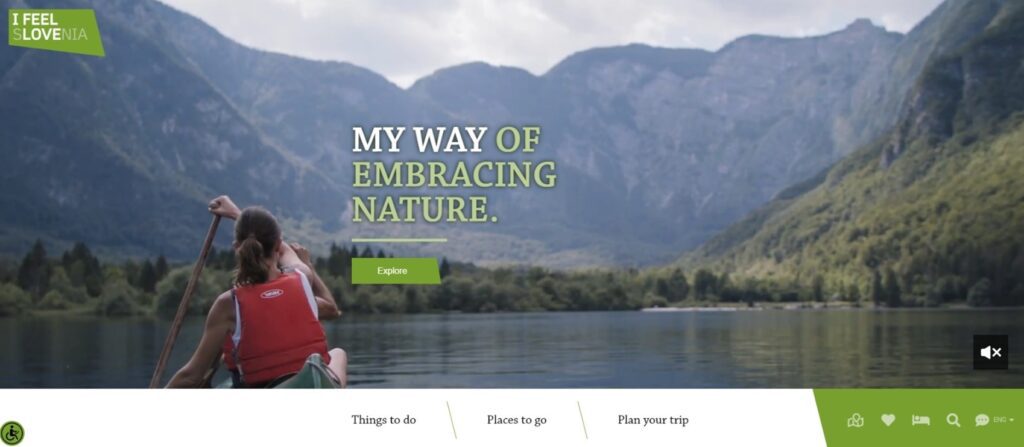
Description Slovenia has branded itself ‘I Feel Slovenia’ The Slovenia brand combines all areas of Slovenia, including tourism, and a mix of emotions, sensibility, and the Slovenian green colour are at its core and identity. This smart destination branding supports sustainable tourism and encourages responsible travel aimed at enhancing experiences and attracting the right visitors – those who love and appreciate its many natural and cultural attractions. The evident respect for the natural environment is part of the Slovenian lifestyle and identity.
Approaches
- The National Tourist Board focuses on sustainability as one of its key themes for its economic development and destination positioning. Why focus on sustainability? Similar to New Zealand, Slovenia has a special connection to their natural environment that is deeply rooted in history and culture. This facilitates its mission and values in sustainable tourism in Slovenia.
- It promotes and builds sustainable and wellbeing tourism via its destination brand ambassadors: individuals who live and work in Slovenia incorporate the brand personality, love for Slovenian culture, and its natural environment into their daily communication, actions, and business activities.

‘Love for nature is deeply embedded in us and the essence of our I feel Slovenia brand identity. Slovenians have a tight connection with nature and attachment to the local environment: most Slovenians are very active in nature – we spend afternoons after work and at weekends on trips, walks, bike rides, skiing in winter. We love to do gardening –
Where GRASSROOTS Comes In!
GRASSROOTS realizes the Eco health tourism market is growing rapidly and promises particularly innovative career opportunities for young people, who are more environmentally aware than their elders.
Eco health tourism increases the economic and social impact of individuals, while minimising the impact on the environment and local communities. In this sense, it allows invisible young people to project themselves in an emerging and promising sector cf. Sustainable Tourism and Ecohealth, Robert S. Bristow We have identified three areas in which our young audiences are investing: sport, street food, street art and digital. Eco-tourism is largely absent from entrepreneurship education.
Research by partners in their own countries confirms that 85% of vocational entrepreneurship education is focused on traditional business sectors. In this context, our project has a clear objective: to introduce new models of entrepreneurship education through actions in the field of Eco health tourism.
Our objectives are as follows
Youth leaders who will acquire and have tools for informal training and development of youth initiatives in the field of ecotourism.
NEET and other young people, who will use Eco health tourism to develop their creative projects, initiatives and businesses.
- Ecotourism remains an emerging area in which young people are involved.
- Ecotourism entrepreneurs need different types of skills and experience, so formal and informal education programmes for young people are needed, and they need to be surrounded by the necessary skills;
- There is a need to foster communication and cooperation between these young people in order to exchange best practices and encourage collaborative business projects.
The project responds to the EU’s post-Cold War challenges to young people: to travel differently, to learn differently and to rethink our relationship with our natural environment. GRASSROOTS offers young people the opportunity to take concrete action to propose new policies to decision makers.
GRASSROOTS will set up a global environment to foster the emergence of young entrepreneurial projects. It will include a set of communication tools, training and best practices. Specific objectives
- to structure and develop an inclusive network of young activists, European entrepreneurs and youth actors, dedicated to the promotion and development of ecohealth tourism projects, based on the identification of good practices at European level
- provide updated tools after the health crisis, based on the most relevant initiatives to support youth initiatives related to ecotourism (toolkit)
- provide youth workers with relevant and renewed distance learning tools (pedagogy)
- Encourage the emergence of ecotourism projects and bring this dynamic to the attention of public decision-makers during regional events.

